Memorising Harp Sheet Music using “Shapes”
Playing music from memory is such a wonderful skill! But if you’re anything like me, it’s not something that comes naturally. Today I’m going to share a strategy that’s really helped me with memorising different pieces of music, and I hope it makes memorising music easy for you too!
Click HERE for a free download of the exercise piece so we can go through it together!
For some of us harpists, memorising sheet music is really difficult! But what I love so much about performing from memory is the freedom it creates to express ourselves, and to connect with our audience. I used to be the type of classical musician that always looked at my sheet music when performing. Even if I knew the chords or lyrics to a piece, I didn’t have the confidence to play without music in front of me because I hadn’t yet grasped the skill of memorisation.
I must add that everyone thinks about music differently, and will have different approaches to memorising music. The technique I’m showing today may work for some of you, but maybe not be the answer for others, but I really encourage you to give it a try anyway! We’re going to work through one of my arrangements as an example – this is at an advanced-beginner level, so hopefully if you’ve had some experience with the harp this won’t be too difficult!
THINKING IN SHAPES
I like to call this strategy, ‘thinking in shapes’. This means is to categorise the music into little segments that we can access, rather than thinking about each note individually.
I must add that everyone thinks about music differently, and will have different approaches to memorising music. This technique I’m using may work for some of you, but not be the answer for others, but I really encourage you to give it a try anyway! We’re going to work through one of my arrangements as an example (Wild Mountain Thyme) – this is at an advanced-beginner level, so hopefully if you’ve had some experience with the harp this won’t be too difficult!
“WILD MOUNTAIN THYME” EXERCISE PIECE
Click here to download free exercise (working from a printed copy is recommended)
In the beginning of this arrangement (1st chord of bar 1), the shapes in the left hand (LH) for me are 4, 2, 1, and in the right hand (RH), 2, 1. Think of that altogether as a shape or pattern.
The next little section (2nd chord of bar 1) the LH goes 4, 2, 1 again and the RH also 2, 1 but starting a string up. In bar 2, we go back to the first shape. Practice each shape and see how it feels in your hand, for muscle memory. Just remember to add that little RH bit in the end of bar 2 – the 3, 2. This pattern repeats until bars 3 – 4, and then you’ve got the shapes for the first section of the song!
For the next part (bar 5), your first shape is 4, 2, 1 in the LH, starting on a Bb, ending in the RH, 3, 1. Then it goes down a bit in the next little section (bar 6) using the same fingering. The following section (bar 7), we’re using the exact same notes and shapes, playing them as chords.
In bar 8, we have a new shape starting on D: 4, 2, 1 in the LH, and 4, 3, 2, 1 in the RH. Get the feeling of that shape. The next little section (bar 9) it’s the same shape, but starting on G. For the next part (bar 10) it’s almost the same shape, but just shorter, and I do 3, 2, 1 again in the LH. Then it’s back to the original first section and shaping in bars 11 – 12.
IMPROVED FINGERING
I like to think of these shapes in relation to each other, not just harmonically as chords in my head each time like F major, Bb major, etc. I just focus on the starting note and remember the shape all the notes make, and this enables me to start the whole phrase and go smoothly through the notes. This also improves fingering, because if they are prepared beforehand in the shape the notes create, it eliminates unnecessary movement – they are all down, ready to just go!
I really hope this is a helpful change for some of you. Being able to express yourself to your audience without the hindrance of a music stand in front of you can really be so freeing. I wish you all the best!
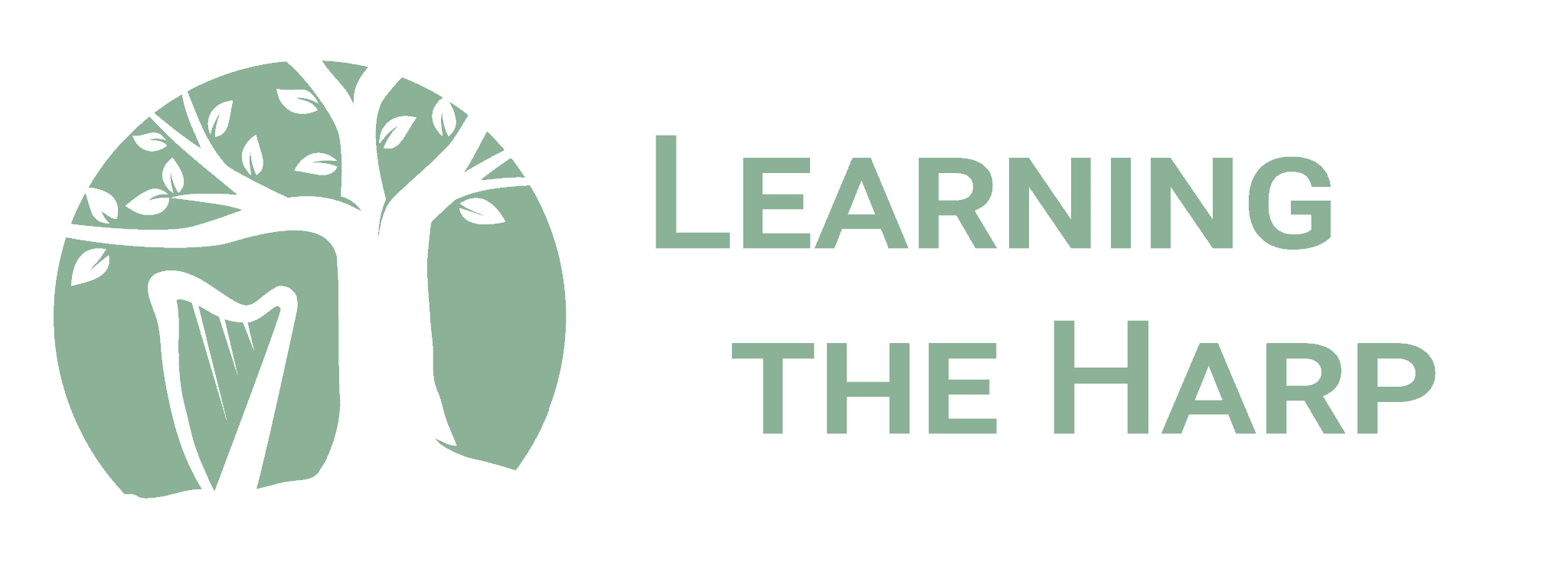
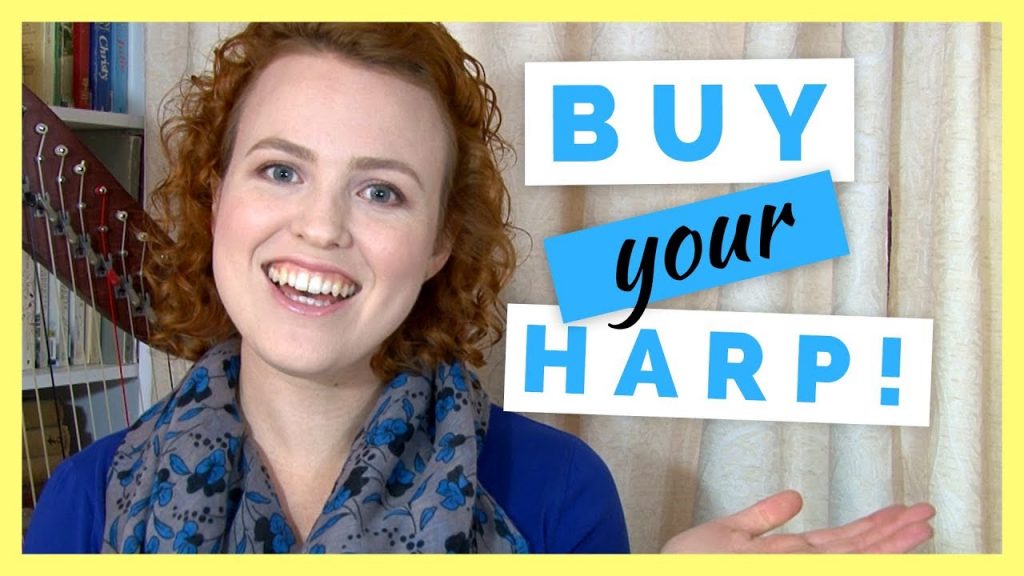


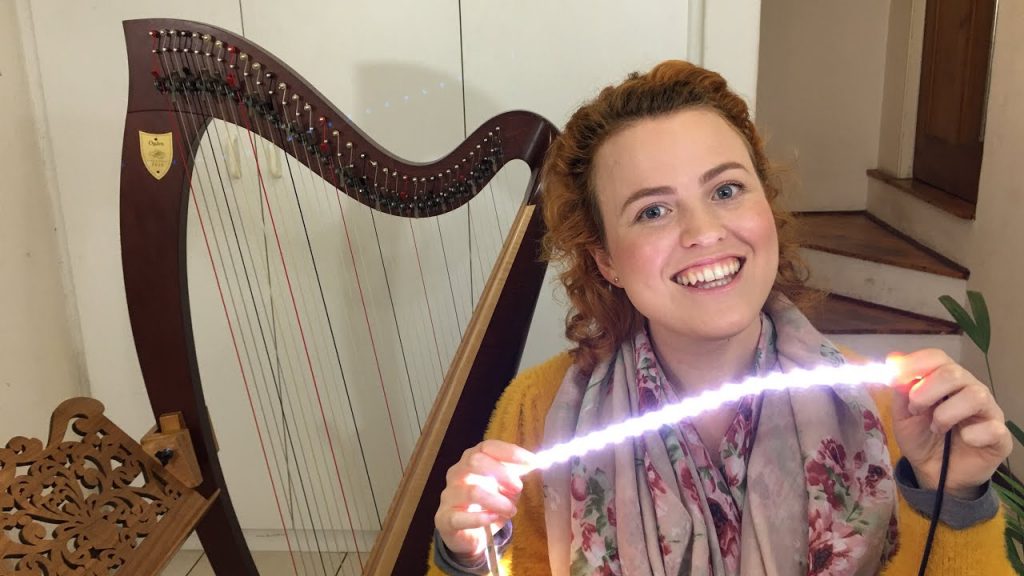
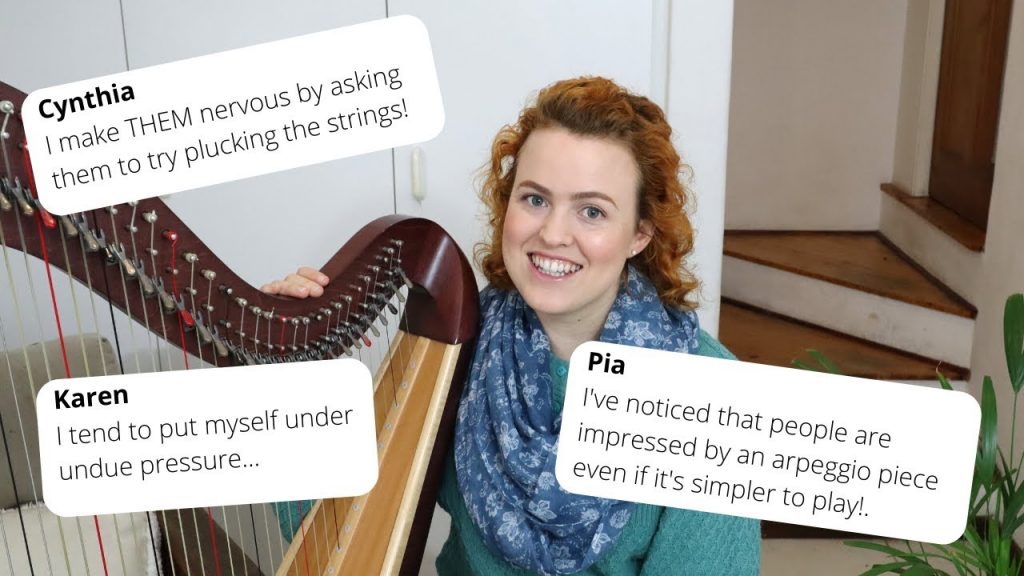
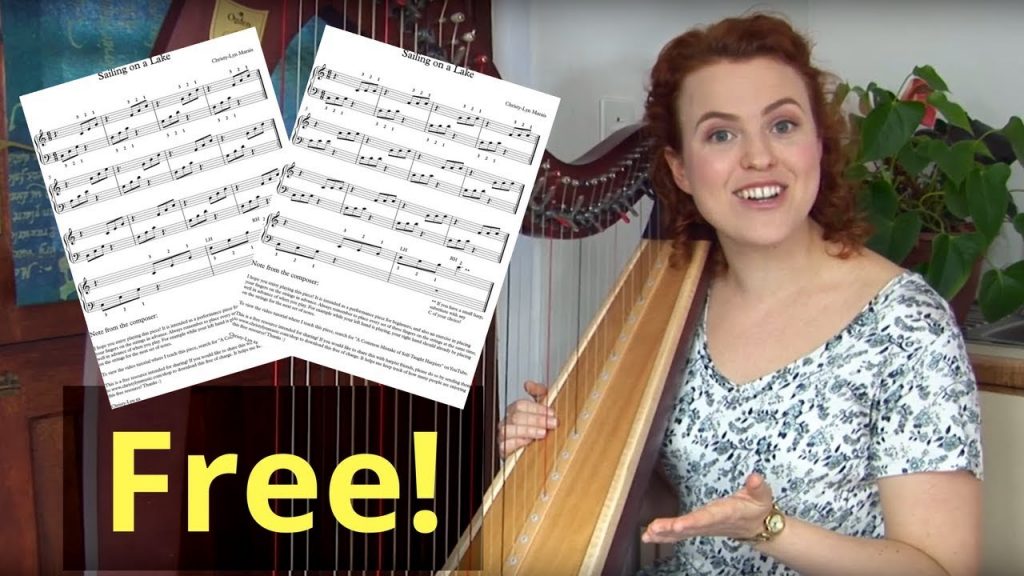
Hello, I couldn’t download the music for Wild Mountain Thyme. It is one I’ve missed on the old site!
Hello Wendy, Thank you for your comment! The link has been updated 😀 please let us know if there’s still an issue with downloading it.
I really happy to find this internet site on bing, just what I was searching for : D as well saved to bookmarks.